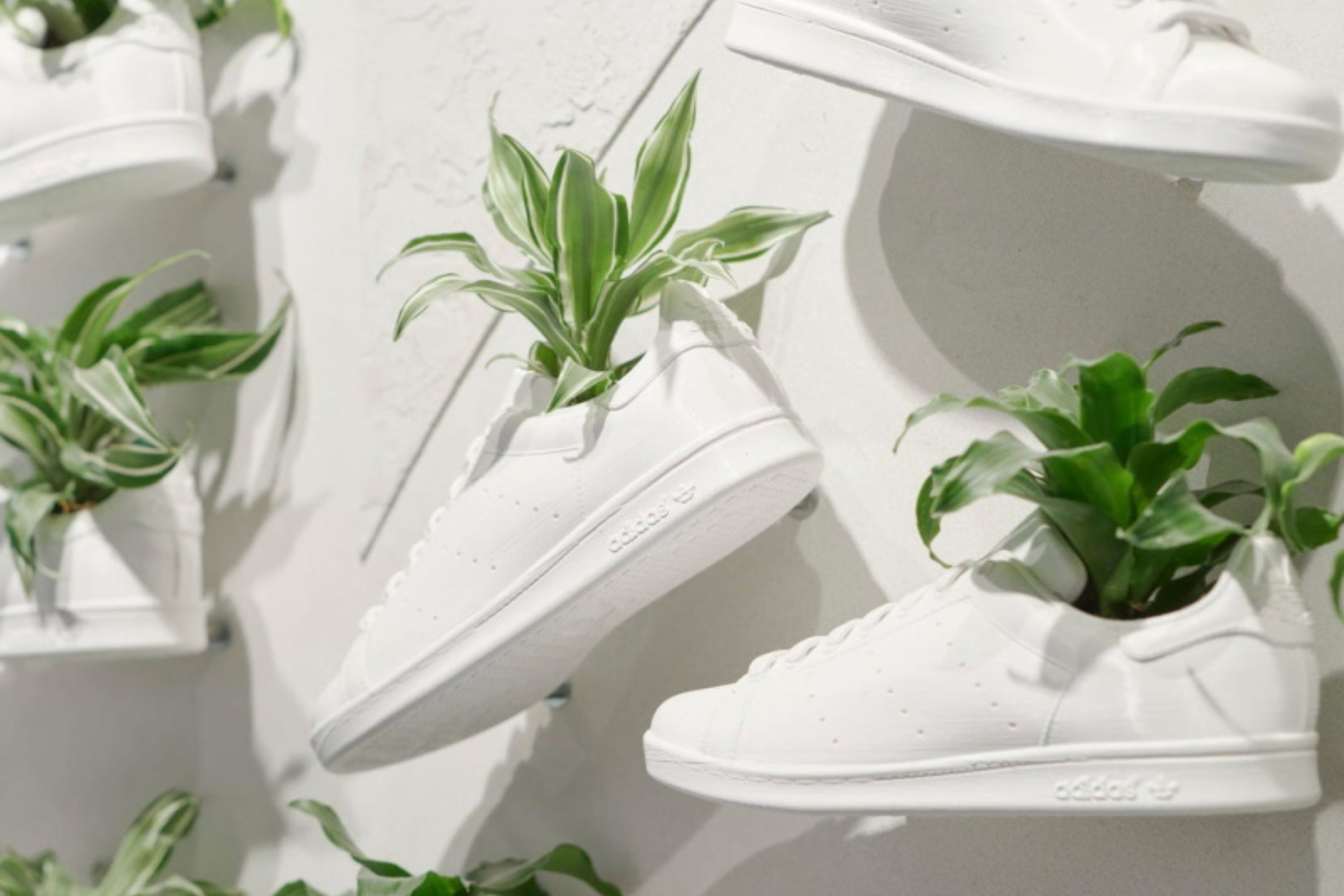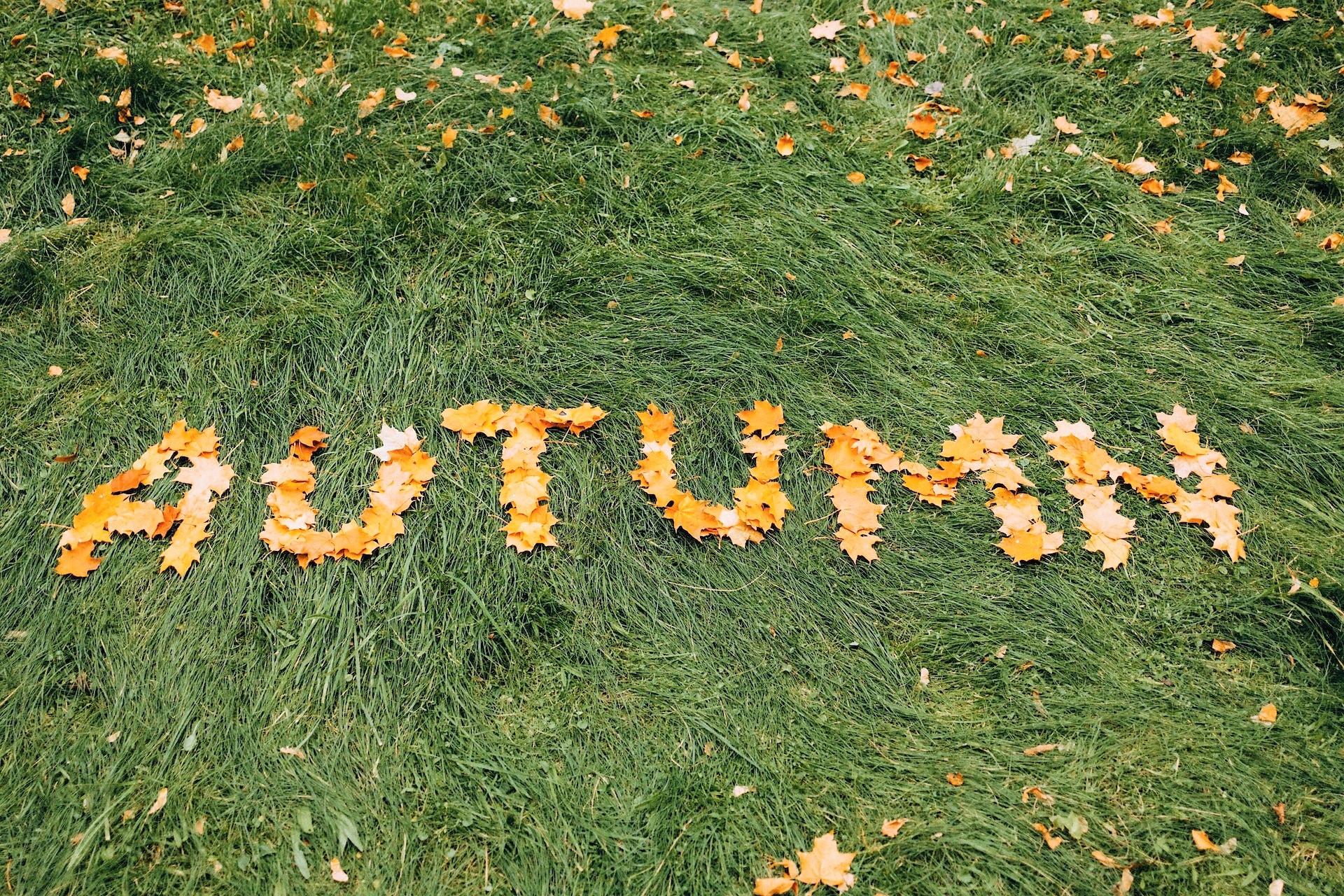by Malin Jones| Lifestyle Journalist
As consumers look towards incorporating sustainable and natural elements into their wardrobes, second hand buying just isn’t enough anymore.
As a result, clothing companies are looking for ways to reach consumers’ sustainability needs through their own latest collections.
However, consumers are aware of, and vocal about, major brands ‘greenwashing’ (falsely conveying that your items are environmentally friendly).
With the fashion industry being one of the main causes of pollution, and as technology develops, many designers and companies are looking for new and innovative ways to ethically produce clothing, minus the environmental effects.
One way in which the fashion industry is developing, with the assistance of technology, is through the creation of bio-based materials, also known as bio-design. This is the process of using natural materials to create fabrics.
Whilst it may seem revolutionary, this practice is not as new as you think. In the early 2000s, designer Suzanne Lee coined the term bio-couture as she began growing fabrics using yeast, bacteria, tea and sugar to make clothes.
Since then, the development of technology has allowed more natural fabrics to be created and incorporated within our clothing, accessories, shoes and home décor.
Some of the major players making the step towards environmentally friendly products are Adidas who are introducing bio-steel fibres into their trainers, alongside brand Saye, who have made vegan trainers from corn leather, bamboo and recycled thermoplastics.
So, if you’re looking to take another step towards sustainability, here’s a list of our top 7 natural fabrics to look out for when shopping for your home and wardrobe.
Piñatex
Known as pineapple leaf leather, this natural fabric is derived from pineapple leaf fibres.
To make the fabric, the leaves are collected, then the fibres are extracted mechanically.
They are washed and dried in the sun and then purified using enzymes.
Once complete, it is then made into a mesh which is finished with plant-based resin, coated and softened through delicately breaking it.
Fabric supplier, Ananas Anam produces the material which is 95% plant-based, with the production process being completely transparent.

Mycelium
One of the more known natural fabrics is Mycelium.
Taken from the root of the mushroom, the mass branching creates a network of threads.
This material has an array of benefits to its use, with excellent insulating and moisture absorbing properties.
It also has many advantageous manufacturing properties such as: it only requires a period of 3-4 weeks growing time, it uses very little water and involves no toxic chemicals or fertilisers.
Clothing benefits include that the material can be naturally dyed, is good on sensitive skin and is adaptable, meaning it can be as thin as paper to incredibly thick.

Coir
Made from coconut husk, Coir is a short and hoarse fibre that is extracted from coconuts.
It creates two types of fibres when the coconut is at different stages of its ripening.
The first is a brown fibre created from mature coconuts and is used within household textiles.
The other is a thin white fibre used in rope and is created from green, immature coconut husks.

Abaca
Also known as Manila Hemp, this fabric is named after a species of banana.
This leaf fibre is created from leaf sheaths around the stem of the plant and creates a fibre that is valued for its buoyancy, resistance to saltwater damage and length of fibres.
It is commonly found in garments, household textiles and upholstery.

Hemp
One of the more renowned natural properties seen being used in makeup and skincare, Hemp is now entering the fashion world.
A variety of the Cannabis sativa plant, Hemp fibre is taken from the stem and is one of the longest fibres to be woven and knitted, resulting in a linen-esc fabric.
The fibre has been discovered to have many beneficial properties which include capturing large quantities of carbon, is an excellent heat conductor, blocks UV rays and has natural antibacterial properties.
Due to all its properties, there are developments to ‘cottonize’ the hemp fibre.

Jute
Taken from the stem of flowering jute plants, it is one of the cheapest fibres to make.
Known as one of the strongest plant-based natural fibres, the material can be found in textiles and footwear.
It is also known as ‘golden fibre’ due to its glow.

Ramie
Derived from the flowering plant Ramie, Ramie fibre is one of the strongest natural fibres.
The fibre takes on a white form with a gloss like linen. Its qualities include little elasticity, and it dyes easily. Through threading it produces a glossy thin thread that is featured on many garments.
Fabrics made from 100% Ramie fibre are lightweight and silky to the touch.
It is also mixed with other fabrics to improve their properties e.g., added to wool to reduce shrinking.

- Featured image: Stan Smith Mylo by Adidas. Image courtesy Adidas



